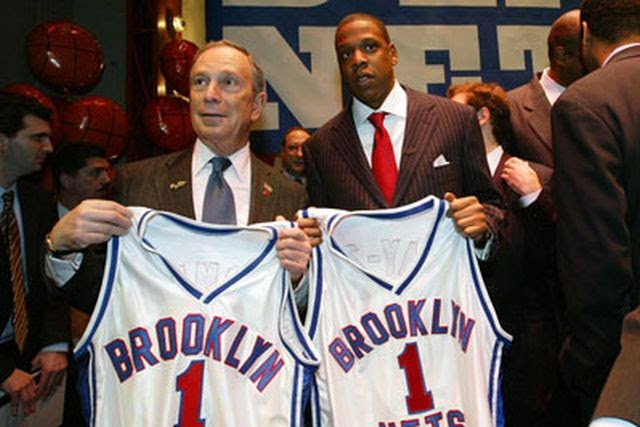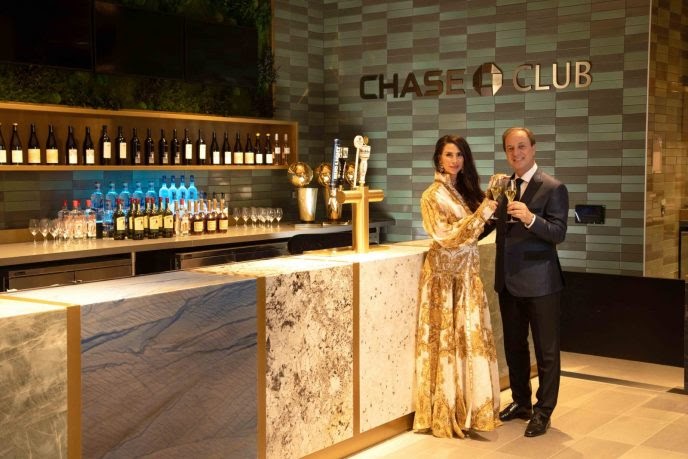
Abe Beame put the cast of Silicon Valley on to Dipset.
In 1957, Brooklyn Dodgers owner Walter O’Malley, a Rich Asshole, had a plan. He wanted to move the 73 year-old beloved bums from their ancestral home in a remote working class section of South Central Brooklyn to downtown — to an unloved stretch of land above the Long Island Railroad tracks at the intersection of Flatbush Avenue and Atlantic Avenue. O’Malley wanted to move for several reasons. Ebbets Field, in the neighborhood of Flatbush, not to be confused with the Avenue, was dilapidated. In addition, sales were down, the neighborhood that was home to undersized Ebbets Field was remote, the downtown space was a hub, and the Dodgers were to be at the center of it. And finally, Walter O’Malley was greedy. He wanted a privately owned stadium. He had the money to build the stadium, but he didn’t have the money he’d need to buy all the land. So he came to New York City planner/visionary/all time piece of shit Robert Moses with a request for the city to condemn the land, so O’Malley could buy it cheap and fulfill his dream.
Moses was a racist, self-hating jew, and a megalomaniacal, fascist, myopic dickhead, but he had a warped sense of morality, and what was in the public interest (which was often some real classicist and race scientist nightmare fuel, and he stroked it three times a day to the thought of absolute power and having the final say over his city), when he heard O’Malley’s proposal he responded “I don’t think a privately owned ballpark fulfills a public purpose at all, and I’m not going to use Title 1 (basically eminent domain) to get you this land. If you want the land, buy it like everyone else would.” O’Malley was instead offered a god forsaken plot in Queens at the end of the 7 line in Flushing. It was where Moses decided a stadium would make sense. O’Malley turned the offer down, uprooted the team, and took them to Los Angeles.
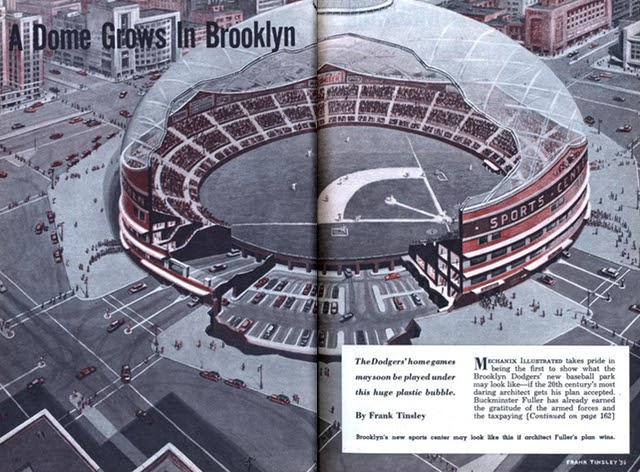
I told you that story to tell you this one. For nearly 50 years, the Golden State Warriors played in the city of Oakland. They were founded as the Philadelphia Warriors in 1946, a charter member of a prehistoric league called the Basketball Association of America, predating the NBA merger in 1949. For exactly nine years, from 1962-1971, they were the San Francisco Warriors, and even then, they played just south, in Daly City, in an arena called the Cow Palace. In 2012, having owned the team for less than two years, Joe Lacob announced he was going to move the team to a privately funded billion dollar arena West of the Mission on the Embarcadero. Here’s a clip from the press conference:
I would imagine there were many who aren’t as familiar with the Bay that received the news with a shrug. Oakland and San Francisco are close neighbors, a commuter, little brother “borough” of sorts. The distance between Oracle Arena, where the Warriors once played, and the Chase Center, where they play now, is approximately 11 miles. But the move is jarring if you understand the radical differences between the two cities, and the powerful, prideful ownership Oakland has over its teams. This was more than relocating across the bridge. It was a devastation, a betrayal, ripping a beloved child from the arms of its people. And it was done for no good fucking reason.
Oakland has always been San Francisco’s working class suburb. Like Brooklyn, a city that exists, at least in our popular imagination, due to its proximity to a larger city, it’s always been, or at least been seen as a cooler, grittier little brother. Appropriately, Oakland has historically been referred to as “The Town”, while San Francisco is commonly referred to as “The City”. In terms of population, it’s approximately half the size of SF, 23% of which is Black, compared to San Francisco’s 5%. Oakland’s median household income is just under $70,000, San Francisco’s is under $105,000.
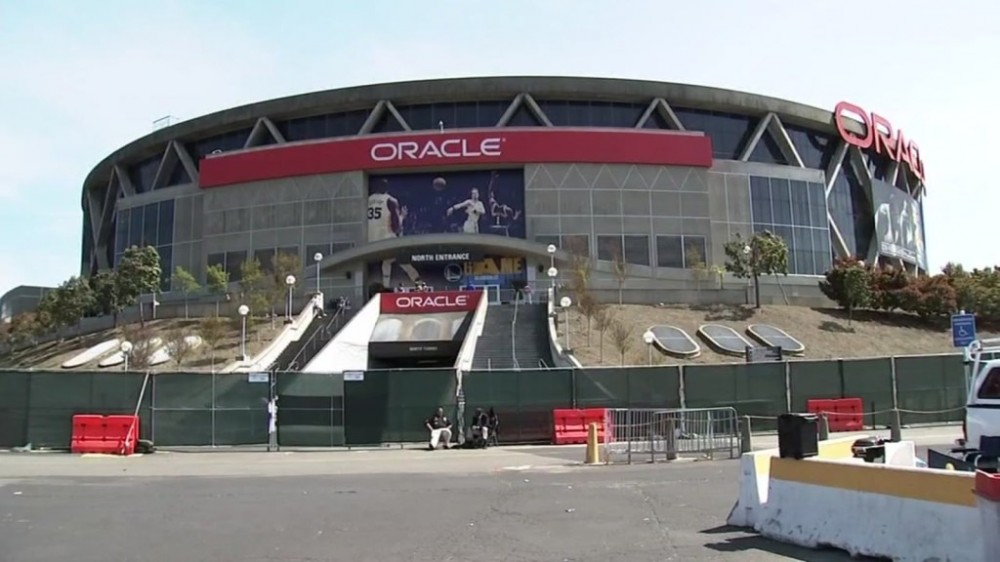
One thing Oakland had was sports. Every franchise is slowly woven into the fabric of its city until for a large group of residents, their place in the community is fixed and inextricable, but you feel this acutely in Oakland. Athletics fans are some of the nuttiest die hard fans I’ve ever encountered. In mid-August with the A’s out of contention, little crews of fanatics will dot the outfield bleachers, drunk and shirtless, playing drums and blowing horns and screaming their lungs raw. Raiders fans I don’t think I really need to explain. But maybe most of all, Warriors fans had a passion, intensity, and knowledge of the game that rivals any NBA fanbase I’ve encountered (and I’m a Knicks fan). I found them to be far from the accusation often lobbed at their Southern Californian counterparts. They were hardcore loyalists. The Town’s courts are legendary. It’s a major well of national talent. Oakland High graduate Dame Lillard is just the most recent and visible star to emerge from them. The list of alumni includes Jason Kidd, J.R. Rider, and Gary Payton, stop me if you’re beginning to see a pattern emerge.
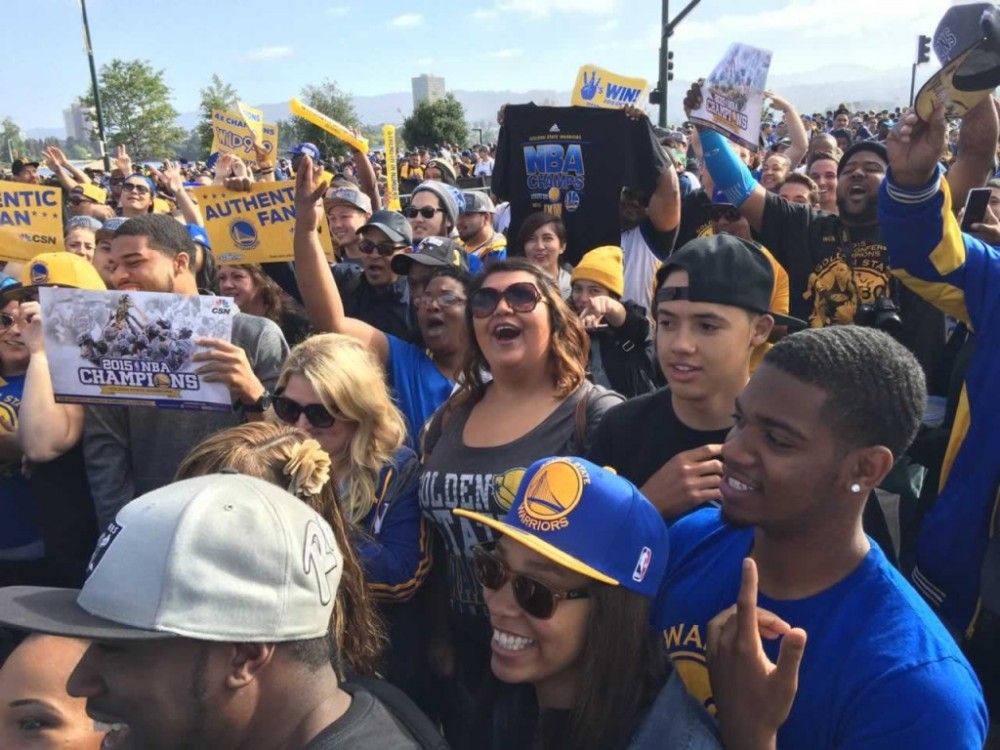
During their 47 seasons in Oakland, the Warriors went 1884-2004. Nearly a .500 team, but keep in mind this is coming off a fucking dynasty including the best regular season record in league history. Of those 47 years, they won a single championship in 1975 before this recent run. They missed the playoffs 30 times. They had some good eras and some great players (and probably executed the greatest first round upset in NBA history) but it was more down than up, particularly the 20 years pre Steph, Oakland suffered through some truly horrendous teams. Under the Cohan era that preceded Lacob, the Warriors made the playoffs once in 16 years.
But the city loved the Dubs whole heartedly. In 2011, the year before Lacob made his announcement, throughout a miserable 23-43 season, the Warriors were 10th in attendance in the league. It was a difficult place to play for visitors. The arena was nicknamed Roaracle. And then of course, they finally put together, not just a great team, but arguably one of the most dominant teams in the history of professional sports. They have forever changed the way basketball is played, and they weren’t just great, but an easy to love team with a good nature that played a beautiful brand of the game.
And now they’re gone, along with the Raiders in a cruel twist of fate, who relocated to Vegas. They took thousands of stadium jobs and millions a year in tourism dollars with them. The seemingly insignificant address change cost a huge number of local businesses their livelihood. Part of the argument ownership made to justify their move was they couldn’t build a winner in Oakland, that they needed the larger market, the more vibrant surroundings of downtown San Francisco to grow the team and attract a star. This did not seem to dissuade Kevin Durant from cementing the Warriors as an all time group in Oakland, leaving after their move to Chase. So what was this all for?
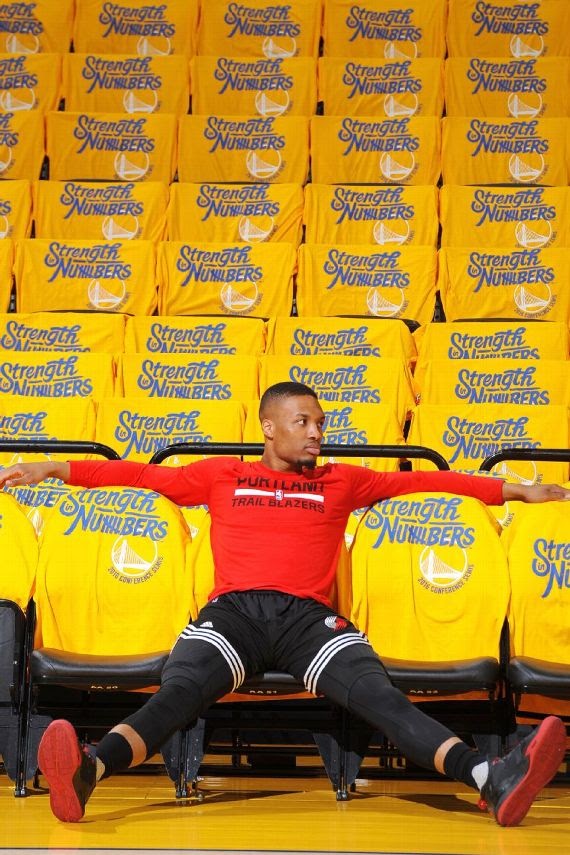
Joe Lacob is a Rich Asshole. His favorite book is The Fountainhead. He’s a metastasization of Rich Assholes like O’Malley from the ’50s who have split, multiplied and become more obnoxious and deadly with terrifying speed (not to mention much, much richer). He’s a venture capitalist from Massachusetts. He made his name at Kleiner, Perkins, Caufield & Byers, an institution in the, uh, field or whatever you call venture capitalism as a monolithic entity.
One of his key investments was getting in early on Autotrader.com, but he claims to have passively started over 70 companies and watched his partners launch over 200. This means part of his former occupation was gutting and restructuring cultures and the lives that make them. But he’s not an omnipotent seer who was followed by success throughout his career. He heavily backed an oil and gas company called Terraliance, that imploded under allegations of mismanagement and fraud. He also was an owner of a team in the ABL, a short lived and misguided women’s basketball league that was meant to compete with the WNBA, but did not.
Lacob is part of a trend of super rich finance/tech guys who have purchased NBA teams. The Celtics, Pistons, Bucks, 76ers, and Hawks join him, constituting a fifth of the league. When Lacob received word of his purchase of the Warriors (backed by a cabal of similarly ghoulish cyber barons), a shady deal that either makes sense or makes no sense depending who you ask, he was floating above the Oracle of Delphi in a helicopter, on vacation in Greece. In Greek mythology, oracles serve a role as people who have a unique ability to infer the will of the gods, to portend the shape of things to come.
Today, the Warriors, purchased by Lacob for 450 million dollars, the most money ever paid for an NBA franchise at the time, are considered the second most valuable franchise in the NBA, at 5.2 billion dollars.
This is how the Times portrayed Oracle Arena in Oakland, in its now infamous profile of Lacob: “The Arena…in a vast parking lot beside a highway, was outdated. Its corridors were narrow, its catering facilities rudimentary. It didn’t have rooms that could be leased for corporate meetings……(It was) austere and cramped.” The Warrior’s new arena, The Chase Center, a 1.4 billion dollar privately financed arena that boasts office buildings (the two attached Chase Center Towers are leased to Uber for the next 20 years, and serve as Uber’s headquarters, the arena’s anchor tenant) and commercial space (But nearly 200 less seats), is the kind of mixed use cash/land grab ruthless 20th century capitalists like O’Malley couldn’t even fathom.
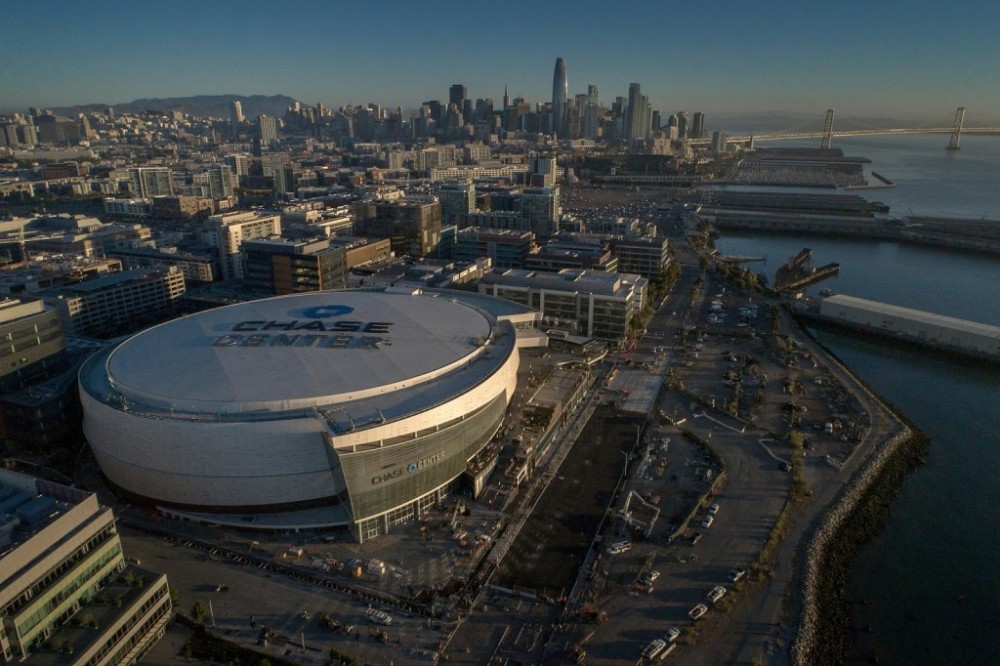
This is how Oakland’s Warriors fans were rewarded for their move to Chase Center, in exchange for 47 years of loyalty, why all this was deemed, or at least cynically sold, as necessary:
- The largest screen in the NBA, boasting 75 million LCDs
- I’m going to directly quote this blowjob from the San Francisco Examiner because it’s too fucking rich and reads too much like a press release for me to punch up with my trademark acerbic sarcasm: “The 44 Oracle suites are on one level — allowing the top deck to feel almost on top of the action — and the 32 court-side lounges under the lower seating bowl feel like the fanciest studio apartment you could ever have, complete with your own, personal court-side camera to watch the action, as though you were in one of the 16 seats that come with.”
- Sorry, also from the San Francisco Examiner: “Oh, and there’s a wine vault, where modern-day robber barons can have their vintage of choice delivered and stored, then poured by their own “butler.””
- There’s a Q-Anon imagined death vault in the stadium called the JP Morgan Club described, again, by the Examiner as “Pure Marble-and-Gold, 1920s style swank (that’s how you win over a guy who used to wear a fedora to work).” (And a brief aside, this is all derived from a puff piece written by some guy named Ryan Gorcey, who I’d never heard of before stumbling across this article and now hate with every fiber of my being).
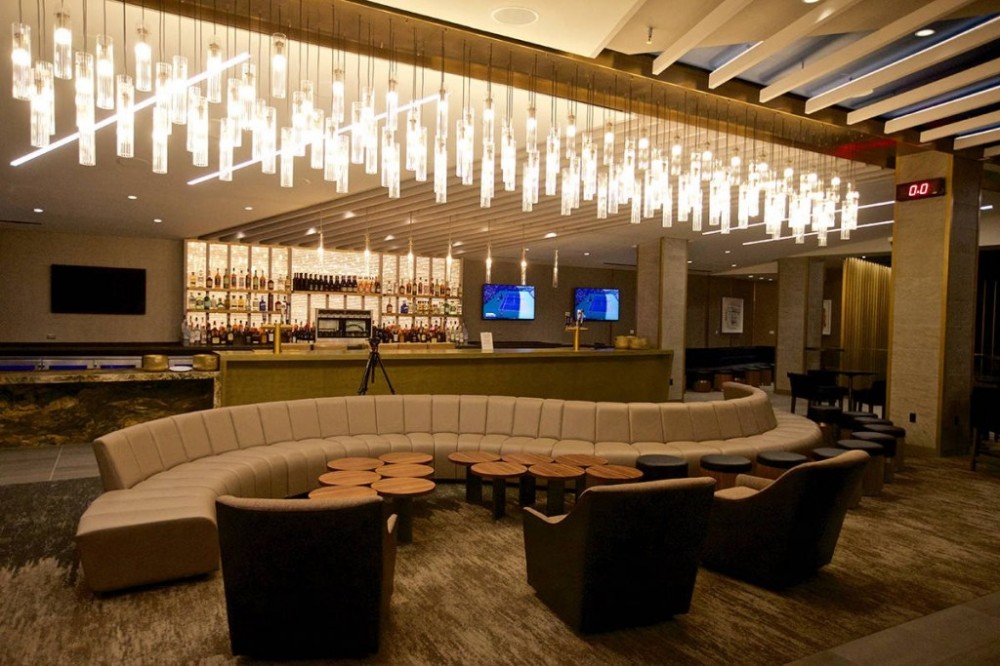
- Food curated by BON APPETIT MAGAZINE(!!!!!!!!!) Sorry, but I’m going to go on a bit of a rant here. Chase Center boasts four licensed concession stands of a popular Oakland lunch haunt with two locations that serves soul food called Bakesale Betty’s (staffed and operated in the stadium by Bon Appetit, somehow). Stadiums showcasing small local businesses as an arm of their food offerings is one of the absolute worst signifying forms of neo-lib Feudalism disguised as community engagement. By tapping a few legacy pizzerias and Italian delis and old school soda jerks serving limited, wildly overpriced and inferior incarnations of their offerings, we’re supposed to confuse this with culture? To forget we’re actively participating in empire? And the absolute fucking kicker in this specific instance is Bakesale Betty is not some venerated old school Oakland lunch spot. It’s the brainchild of a white Australian woman who moved to Oakland in 2000, in her 20s.
- The move has unquestionably, exponentially increased the value of the franchise, they will now net millions, or billions more for their owners in the event they eventually sell, which has absolutely nothing to do with the fans and shouldn’t be included in this list of bullet points.
Between 2013 and 2017, Oakland was the most gentrified city in America, alongside San Francisco. It was fueled by a tech boom, presaged by Silicon Valley pioneers like Joe Lacob. People who moved to the Bay from elsewhere to make their fortunes at the expense of all the people who were already there. There’s a downhill effect: future tech elite types move to SF, the former working and middle class residents of SF move to Oakland, the working and middle class residents of Oakland are gradually pushed out. This meant median household incomes rose in Oakland’s poorest areas, leading to a rise in housing costs. In Oakland, these changes have adversely affected the city’s minority population, specifically, a 30% decline in low income minority housing over the same period. So at least as a thought experiment, perhaps you can begin to fathom the violence and sense of loss an average fan may feel when their team leaves home, particularly to uproot a few miles away, to the place funneling gentrification into their corner of the country. Cities have lost teams before, but there’s an acute unfairness when teams jump a few area codes, from a lower income city to a neighboring affluent city center.
In a perverse and cruel twist, the franchise is hellbent on “honoring” its Oakland roots, going so far as to print the city on their jerseys made in the style of the infamous 07 underdogs. A symbolic homage as they sit callously in their wireless docking station of an arena across the bay (The Oak tree, Oakland’s literal namesake, that adorned their City jerseys in 2017, was similarly appropriated from Oakland culture just before the SF move, a logo used on Oakland street signs, ironically signifying the city’s deep roots).
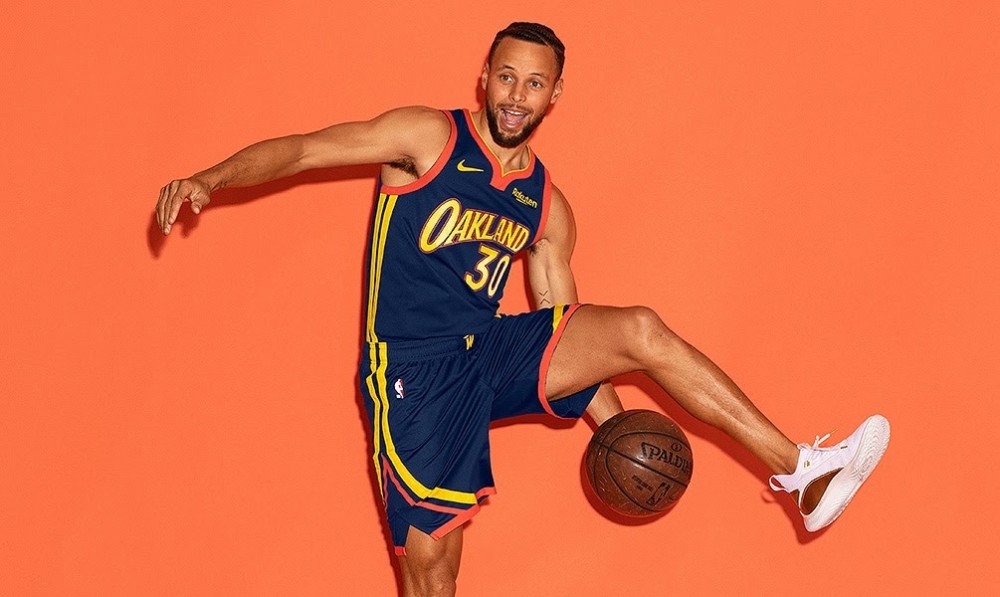
Oracle began to gentrify even before the cross Bay move. After the Warriors “I Believe” miracle in 07, ticket prices began to skyrocket with secondary markets pricing out casual fans, availability went from cheap and plentiful to non-existent. In 2015-2016, the year they broke the regular season win/loss record and came within a miraculous chase down block of a ring, the Warriors had the highest median ticket price in the league at $238. In 2019, mired in last season’s injury riddled, Durant-less mess, the Warriors were still the most expensive ticket in the league with a premium ticket at $874 and an average ticket running $463 (To add insult to personal injury for me, their beer is the most expensive in the league at $15 a pop).
The culture of SF has hijacked Oakland in meaningful ways. The Town, now flooded with people who have moved from SF, is just as likely to have Giants on a single screen in a bar or restaurant than the Athletics, a formerly unthinkable offense. When the Warriors moved to San Francisco in 2019, 70% of their season ticket holders followed them, a number that will look worse when you consider how many fans had joined the bandwagon late with the team’s success, and were coming in from SF, supplanting the veteran season ticket holders who had been priced out. Little question where most of the 30% who didn’t make the trip across the bay with the Warriors came from.
That aforementioned Times piece tries to grapple with the innovation of Lacob and his lackeys. They claim to be running a sustainable model of NBA innovation, the equivalent of Billy Beane’s sabermetric revolution, only using Slack and a bunch of other tech douches to crowdsource operations, I guess, or something. We’re now seeing what that model looks like without the once in a generation alchemical mix of talent thrown together through the educated guesses that drafting and team building are formed upon, and they just look like another shitty team in transition. And while I mourn the potential permanent loss of my beloved Klay Thompson from the sport, if there’s one development of this season I’m taking guilty pleasure in, it’s the curse the Warriors have fallen under since abandoning their ancestral home. Perhaps what we are watching as they dissolve under a wave of seemingly random misfortune is nothing less than karmic comeuppance.
What’s become clear is guys like Lacob are all fucking pricks in love with themselves. Chase Center is a monument, a phallic symbol. Another handful of treasure to throw on an inconceivable pile Lacob’s great great grandchildren won’t be able to spend no matter how hard they try. Lacob has turned the Golden State Warriors into a clubhouse for super rich tech douchebags. It’s less a basketball team and more a retreat for plutocracy to network over snifters in vape filled rooms, while they float deals that will have staggering import on world affairs.
Many people will tell you the worst investment in America is the Green Bay Packers. They are the only publicly held non-profit team in American sports. The shares pay no dividends, give investors no control over the direction of the franchise, and doesn’t come with any significant benefits to speak of. But one thing it also doesn’t do is feed the pockets of A Rich Asshole. One thing it does do is ensure the team will never leave Green Bay, Wisconsin (one of the smallest and poorest markets in professional American sports). It would appear, at least through the first hundred years of the existence of the franchise, the people of Green Bay are comfortable with the arrangement.
We seem to understand that sports franchises are a public good. Like parks or beaches. They create jobs and community among us, a sense of place and commonalities across wide swaths of people. And this is why cities chip in to get stadiums built, and even when they don’t, there are subsidies and tax breaks and all kinds of rewards and incentives we give to people who don’t need them for something they’d do anyways. We come so tantalizing close to saying the quiet part loud, to acknowledging what’s right there, right in front of us. We come so close to asking the question: Should rich assholes really be allowed to just own these teams in our cities, on our land, and do whatever they want with them? Is there some sort of larger obligation a team has to its fans and the places they play? Should Rich Assholes be allowed to control something that takes up so much psychic space for some, that can dictate our happiness and our children’s happiness? Is there such a thing as a social contract that should be enforceable between Us and Them? You can nationalize oil fields and copper mines and banks, why not a basketball team?
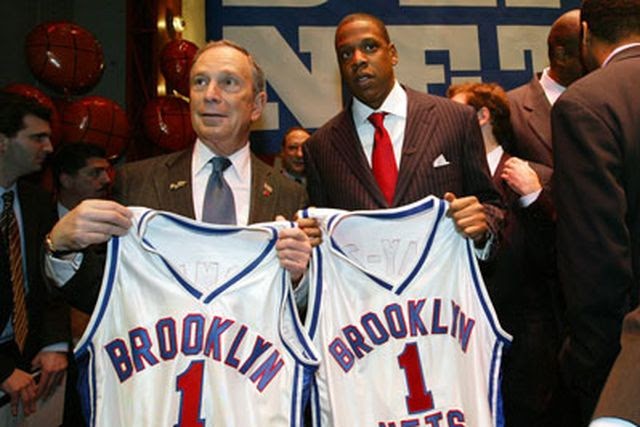
In 2012, the Nets moved from New Jersey to fulfill Walter O’Malley’s dream, with a stadium in downtown Brooklyn, on the same plot of land he’d coveted for his Dodgers in the 50s. As a freak of circumstance and geography, I didn’t grow up going to Knicks games. From where I was born, West of the Hudson, it was actually easier (and cheaper) to get to the Continental Airlines Arena in East Rutherford, New Jersey, than Manhattan. So I’ve always been a Knicks fan, but I used to spend about a dozen nights a season at Continental, using the Nets as a way to watch my favorite players on other teams as the franchise slogged through the wilderness of what I like to refer to as The Yinka Dare Era.
But a funny thing happens when you see a team in person that often. You develop affection, not love necessarily, but a kind of relationship with the team, and to the cement block of an eyesore building they play in. To their one perfectly cast celebrity fan, Danny Aiello. To the ritual of riding down Route 17 to the games, through Paramus New Jersey, truly one of the most hideous cities on this continent. To the greasy spoons you’d pop into for a quick bite on your way there, looking out of plate glass windows on the bleak post industrial nightmare of a New Jersey thousand lane highway, between on ramps and off ramps leading to other Parkways and Turnpikes, above the sprawling one story strip malls that border the highway’s corridor, in contemplation of another in an endless procession of fleeting and unremarkable American nights.
And perhaps that’s what fandom is, how it is born and kindled. A synapse fires linking a game and a team and a moment and a place, and the people you’re with, a kind of perversion of family and religion. It’s the birthplace of nostalgia and a time you understood what it meant to believe in something, and hope for something, and discover something new. It’s a bond you earn through experience and repetition as you form a connection to the land.
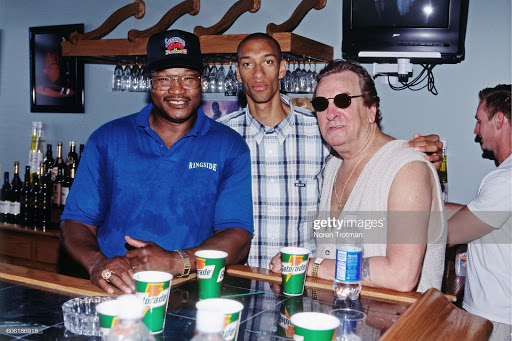
I followed the Nets through their trials and tribulations and appreciated them for their hopelessness, their ineptitude, their perfect personification of New Jersey itself and everything it represents. For a time, aside from the Jets and maybe the Browns, they were the most metaphorical team in sports. Sadly, that still may be true. It’s just the metaphor has changed. When the Nets planted their flag in Brooklyn, a certain type of Brooklynite embraced them.
Like most of their new fans, the carpetbagging Nets had moved to Brooklyn from elsewhere with dreams of bigger and better things, looking to put their unexceptional past behind them, to remake themselves with a new identity in the strange city they had chosen as an adopted home. The new Nets fans were decked out in the gear on day one. They went to their new but rusty dome, advertising Barbara Streisand and Rolling Stones concerts, with an array of locally sourced vendors hawking poke bowls and farm to table hot dogs, with a robust, head turning celebrity row, and sat with their kids or their wives or people they brought out on a business outing, and fucked around on their phones, and quickly lost interest in an underperforming team that had mortgaged its future for what they thought would be quick and easy success that these bullshit fans had no connection to. I still go to see the Nets occasionally. Once again, it’s more convenient and cheaper for me to watch them play other teams I’m interested in, and I can sadly attest even with their recent change in fortune, it’s the most lifeless fucking arena I’ve ever watched a sporting event in.
When we talk about the influence of robber barons in sports, in the gentrification of sports, in the unfairness of teams leaving their ancestral cities, we talk about the jarring moves cross country. Say, going from Seattle to Oklahoma City, or from Charlotte to New Orleans, or from Brooklyn to L.A. (but never Vancouver to Memphis). We rarely discuss these subtle shifts, moving from a city center like Atlanta to the suburbs in Cobb County, moving across a river, or a bay, to a tonier zip code, a move that prices fans out, that changes the cultures of teams by alienating the people who loved them.
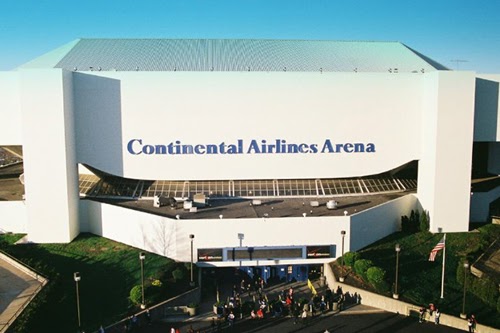
I don’t know what happened to most of the Nets fans I hung out with in North Jersey, on those nights in that dump. Maybe they were pissed off or disheartened by the decision to change locales and lost interest in the team. Maybe they followed the team to Brooklyn. Maybe they take the PATH in on a Wednesday night for a tilt with the Magic, and maybe from the train window, or maybe in the back of a car traveling over the Bay Bridge, their kids look out at the city skylines, the cities they came from, that they’re leaving behind, sitting next to one of their parents, performing the ancient ritual of going to games, in contemplation of another in an endless procession of fleeting and unremarkable American nights.
And maybe they will slowly earn a generational equity with these fans who will grow up, as Mets fans eventually did, and have a place in the ecosystem of their city’s sports. The equity that the Nets squandered, and the Warriors squandered, and the Brooklyn Dodgers squandered, when they uprooted their teams, abandoned their communities, and broke the hearts of millions of people. But maybe, just maybe, it’s finally time to say enough to these Rich Assholes, who everyday take a larger role in deciding the texture of our lives.

